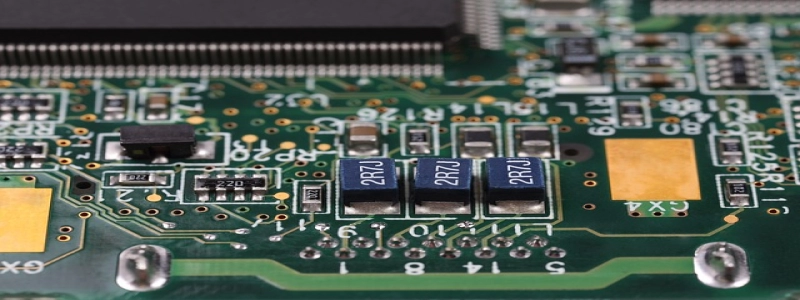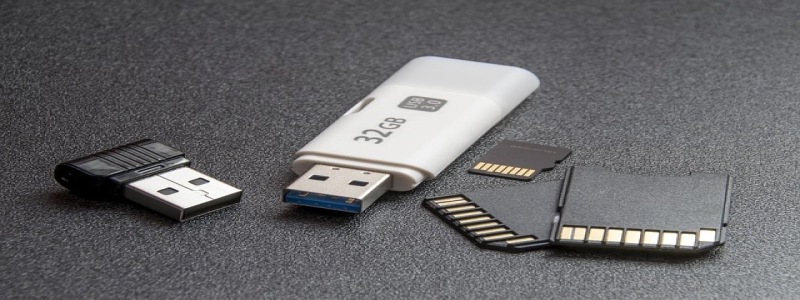Ethernet Cable Alternatives: Exploring the Future of Networking
Introduction:
In the rapidly evolving world of technology, the need for fast and reliable internet connections has become essential. Traditionally, Ethernet cables have been the go-to solution for networking, providing a stable and high-speed connection. However, as technology advances, alternative options that eliminate the need for physical cables are emerging. In this article, we will explore some of the emerging Ethernet cable alternatives and discuss their potential to revolutionize networking.
I. Wireless Networking
A. Wi-Fi:
As one of the most popular alternatives to Ethernet cables, Wi-Fi offers the convenience of wireless connectivity. With Wi-Fi, devices connect to a router through radio signals, allowing for mobility and flexibility in network access. However, Wi-Fi networks can be prone to interference and may not provide the same level of reliability and speed as Ethernet cables.
B. Li-Fi:
Li-Fi, or light fidelity, is a revolutionary technology that uses visible light to transmit data wirelessly. By modulating the intensity of light emitted by LED bulbs, Li-Fi enables high-speed data transmission. Its advantages include immunity to radio interference, higher bandwidth capabilities, and enhanced security. However, Li-Fi requires a clear line of sight between the light source and the receiving device, limiting its effectiveness in certain environments.
II. Powerline Networking
Powerline networking utilizes existing electrical wiring to transmit data signals, effectively turning power outlets into network connections. This alternative is particularly convenient for older buildings or areas where Wi-Fi signals are weak. Powerline networking can provide reliable and consistent internet connectivity, although the speed can be affected by the quality and age of the electrical wiring.
III. Fiber Optic Networking
Fiber optic cables are thin strands of glass or plastic that transmit data using light pulses. This technology offers incredibly high-speed internet connections without the limitations of traditional Ethernet cables. Fiber optic networks are widely used in larger-scale installations, such as data centers or corporate environments. However, the installation and maintenance costs of fiber optic infrastructure can be significantly higher than that of Ethernet cables.
IV. Satellite Internet
In remote areas where traditional network infrastructure is limited, satellite internet provides a viable alternative. By sending and receiving signals through satellites in space, satellite internet can deliver internet access to virtually any location on Earth. Its primary advantage is its reach, but it can suffer from latency issues and signal interference during adverse weather conditions.
Conclusion:
As technology advances, Ethernet cable alternatives continue to emerge, offering new possibilities for networking. Wi-Fi, Li-Fi, powerline networking, fiber optic networking, and satellite internet are just a few examples of these alternatives. While each solution has its own advantages and limitations, they collectively contribute to the evolution of networking technologies. As we embrace the future, it is crucial to understand and adapt to these alternatives to meet the ever-increasing demands for faster and more reliable internet connections.








